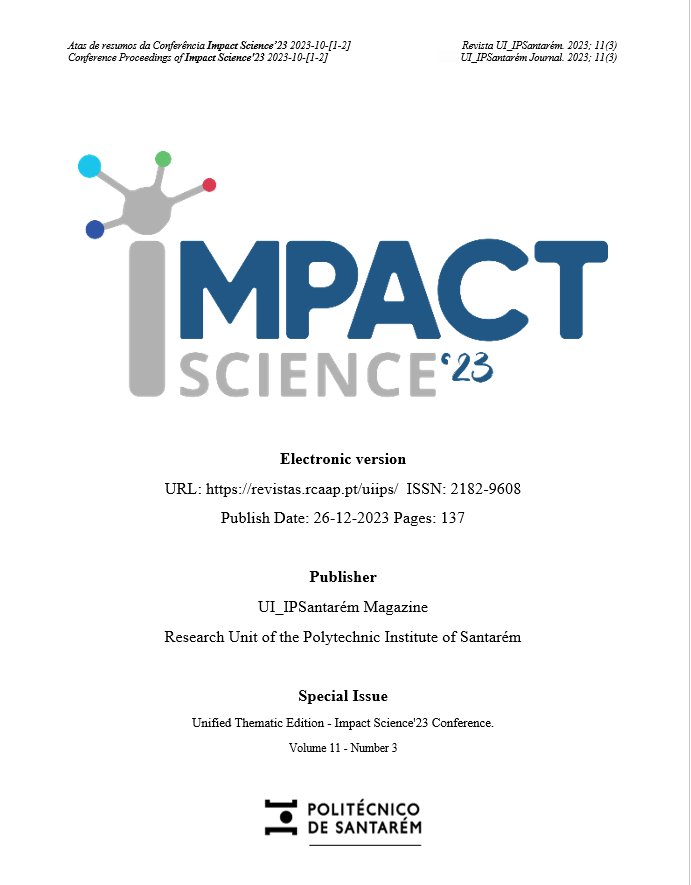Contribution to the Study of Nature Tourism in the Paul do Boquilobo Natural Reserve
DOI:
https://doi.org/10.25746/ruiips.v11.i3.32504Keywords:
Paul do Boquilobo Nature Reserve; Nature Tourism; Protected AreaAbstract
The study analysed visitation data to the reserve, recorded by automatic counters at strategic points along the RNPB pedestrian route, from January 2019 to March 2021. A significant decrease in the number of visitors was observed due to the restrictions imposed by the COVID-19 pandemic, despite the fact that the area was used for authorised walks by the local population, who took longer walks during this period. In addition to the data analysis, two surveys were carried out: One was addressed to the companies licensed by the RNP management to organise tourist activities in the reserve, and the other to visitors. Of the 51 visitors interviewed on site, the majority (50%) were between 31 and 45 years old and 48% were residents of Golegã, one of the nearest municipalities. The visitors were satisfied with the visit and 50 of them expressed their intention to return. The survey sent by e-mail to companies offering activities (hiking, horse riding, bird watching, etc.) had a low response rate. However, both visitors and companies identified some weaknesses in the reserve, such as the lack of infrastructure (such as toilets and bird observatories (which had been vandalised)), inadequate maintenance of the forest, and the absence of rangers/guards in the area. The pollution of the River Almonda was identified as one of the main negative aspects mentioned by visitors. The information collected can be very useful for the management of the reserve, one of the main suggestions being the need for easier access to more information about the reserve. This need had already been identified during the collection of exploratory information about the Reserve. The data collected highlights the importance of adopting a model of co-management of protected areas that brings the management and conservation of these sites closer to local authorities, key civil society actors and the communities involved.
Downloads
Published
How to Cite
Issue
Section
License
Copyright (c) 2023 Márcia Queiroz, Fernando Pereira, Paula Ruivo, Ana Paulo

This work is licensed under a Creative Commons Attribution-NonCommercial-NoDerivatives 4.0 International License.
Authors publishing in this journal agree to the following terms:
Authors retain copyright and grant the journal the right of first publication, with the article simultaneously licensed under the Creative Commons Attribution License that allows sharing of the work with acknowledgement of authorship and initial publication in this journal.
Authors are permitted to enter into additional contracts separately for non-exclusive distribution of the version of the article published in this journal (e.g., publish in an institutional repository or as a book chapter), with acknowledgment of authorship and initial publication in this journal.
Authors have permission and are encouraged to publish and distribute their work online (e.g., in institutional repositories or on their personal webpage) at any point before or during the editorial process, as this may generate productive changes, as well as increase the impact and citation of the published work.



